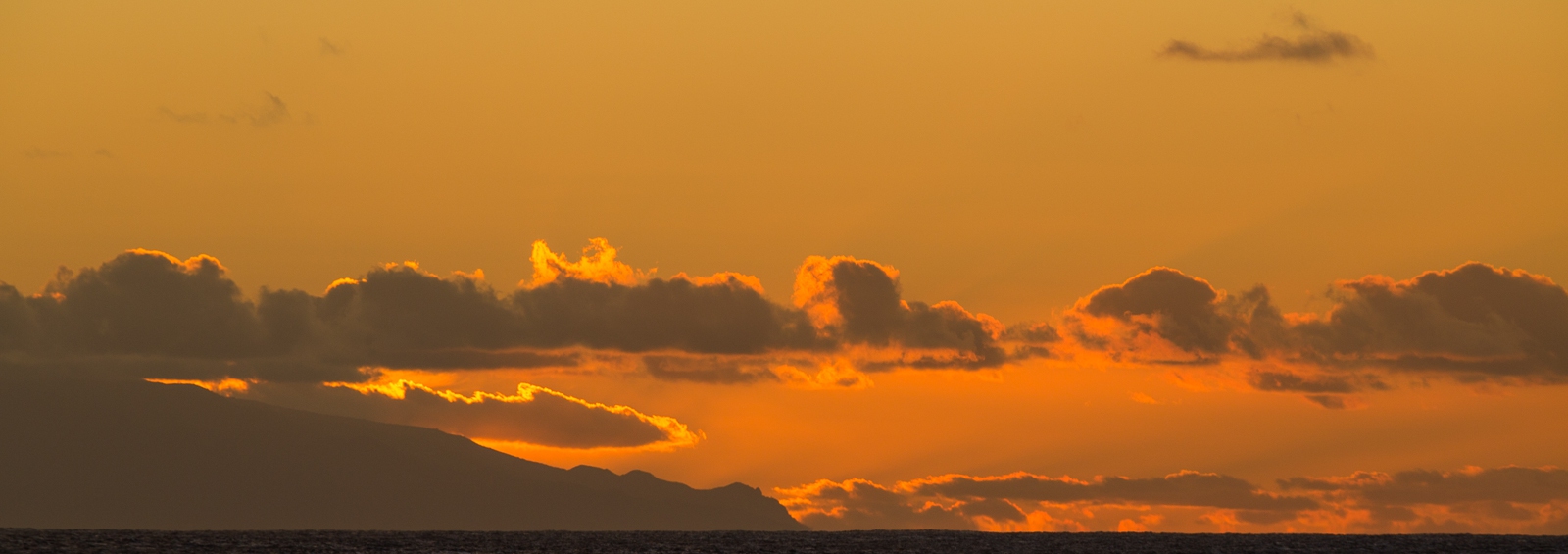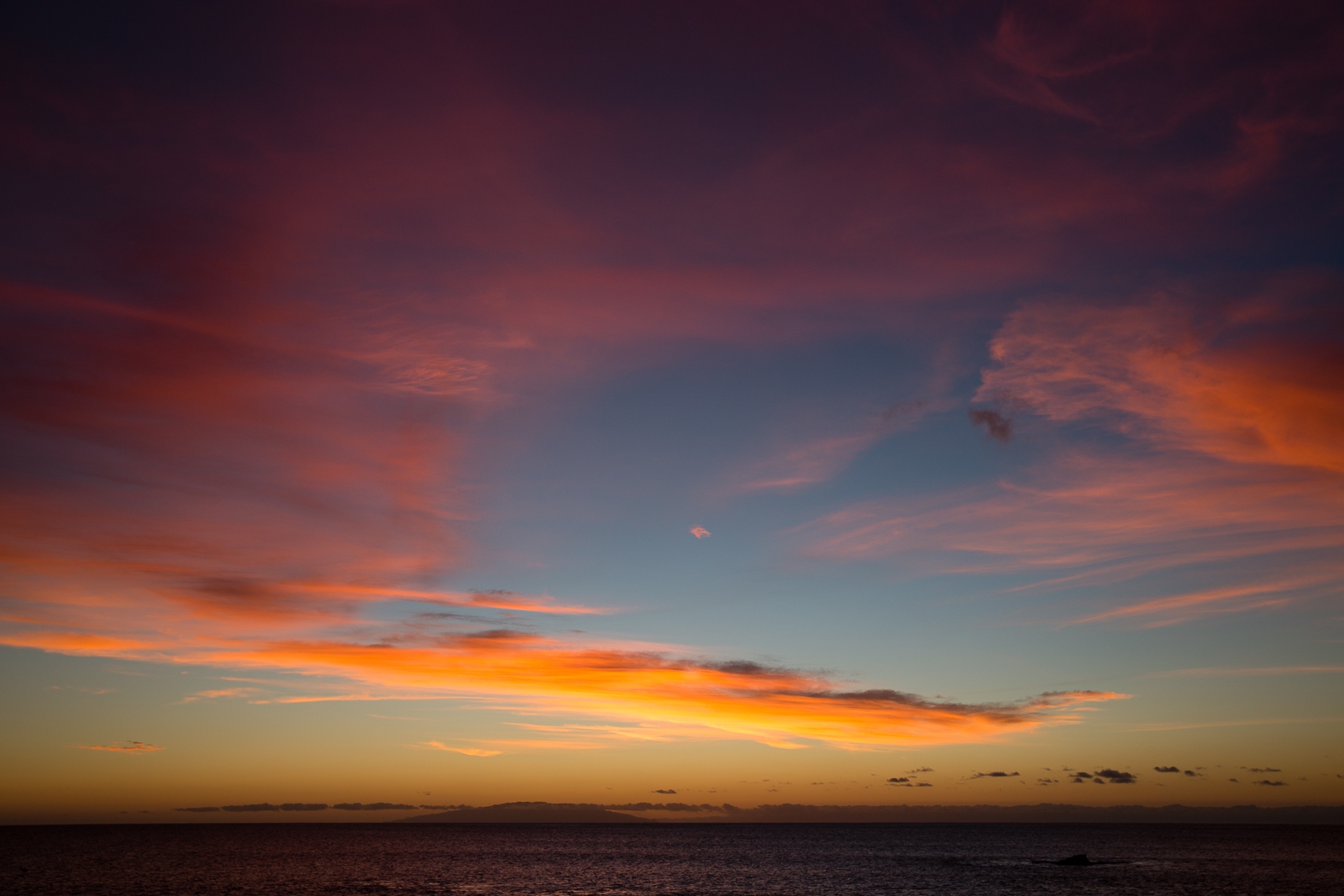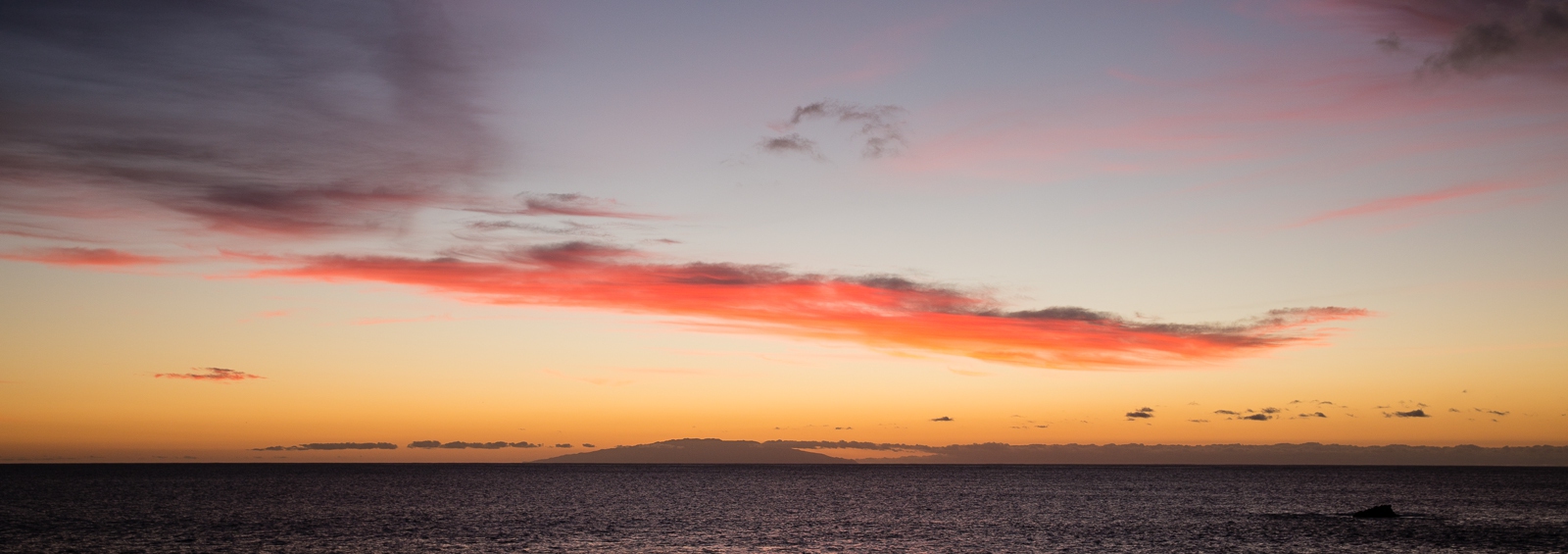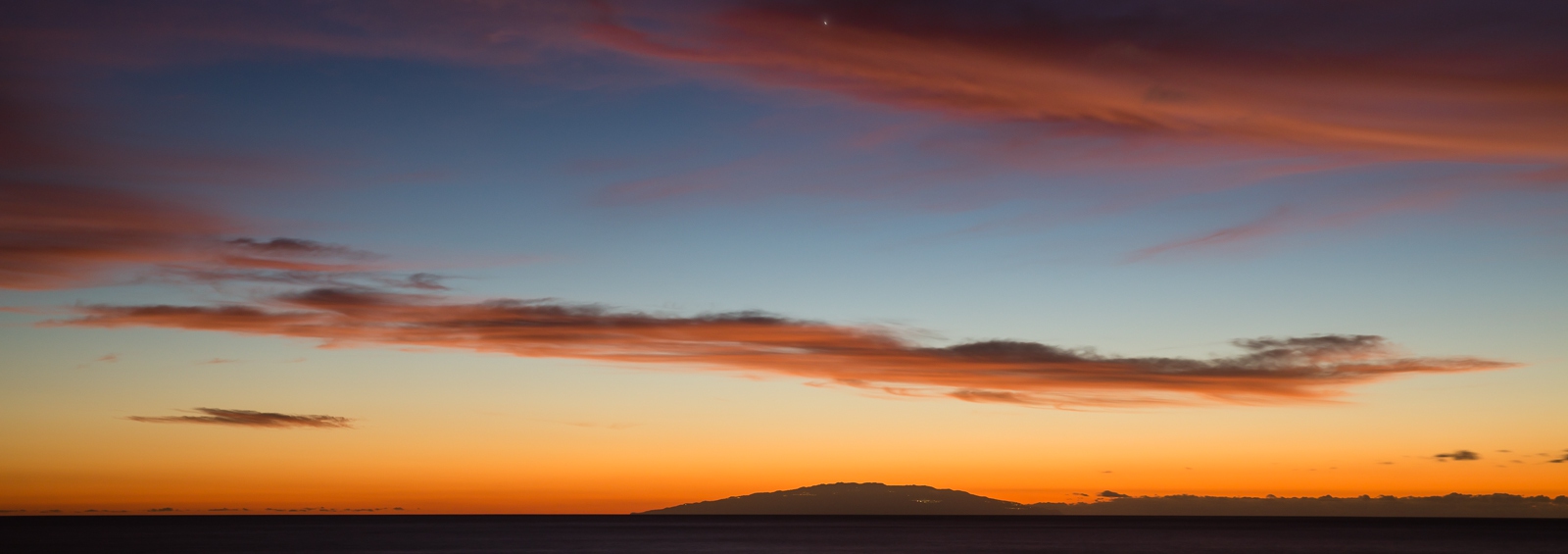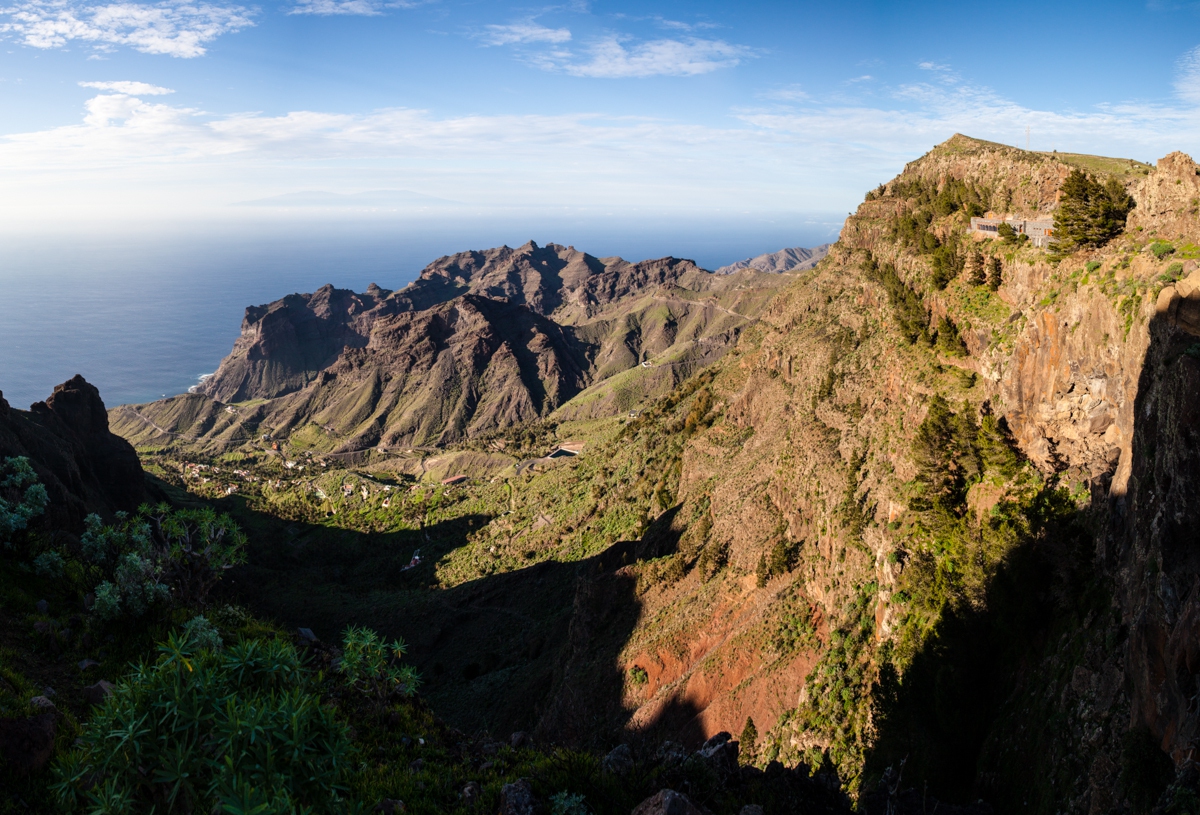As promised in my last post with the little egret, here are some photos of the whimbrel (numenius phaeopus).
Seeing the whimbrel scurry along the rocky shore was a daily delight. It was hard to spot though, as it is very fast moving. One second you see it, then it disappears behind a rock, and before you know it, it appears again several metres along. After watching it for a few days from the balcony, the birds daily routine became obvious. It would fly in and start on the rocky shore to the left or the right of the rocky sweep before us, then scurry along the rocks to the other side, before flying off again.
One morning, I spotted it on far on the right, starting it’s move. So I grabbed my camera, rushed down and headed to the left. I sat down on the stairs leading down from the the pavement to the rocky shore and patiently waited. Within minutes I spotted it, and it was, as expected, heading my way meandering through the rocks. Due to a fairly high tide, the whimbrel was close and it’s lateral move past me gave me the opportunity I had been waiting for.
I suspected it to be a curlew, so I had a look on the internet and found lots of images that seemed to confirm my thought, it possibly being the slender billed curlew. On returning home I consulted the Birds of the Atlantic Islands. It turns out to be a whimbrel (numenius phaeopus), a regular to the Canary islands especially in winter, and not the slender billed curlew, a very rare vagrant visitor. The small dark crown divided by median strip was the tell tale sign.
